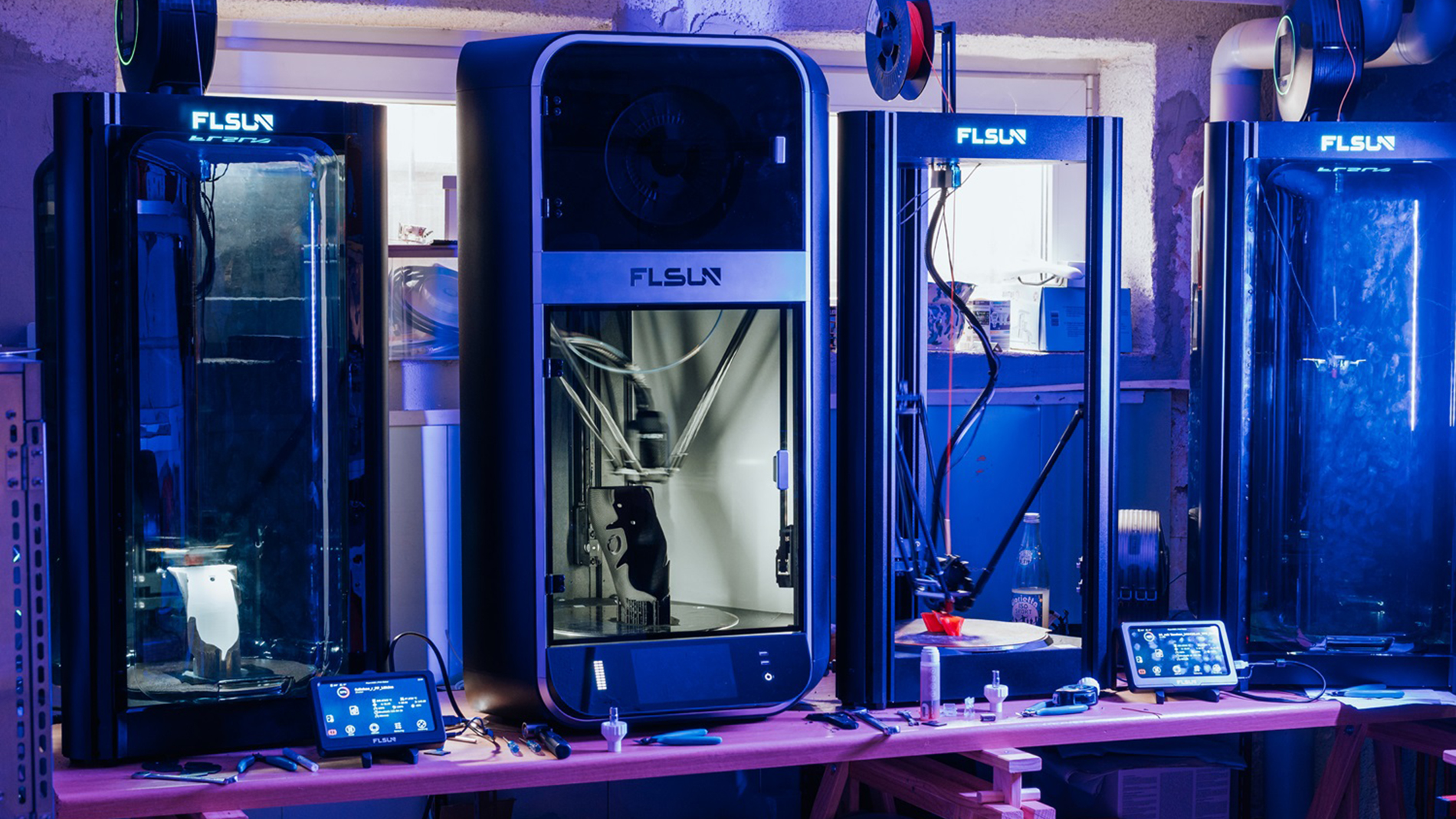Text: Thomas Masuch, 17 August 2024
Cycling is a great passion for Helen Wiehr and Carsten Kaldenhoff. Apart from being a product designer, the 31-year-old Wiehr is an enthusiastic triathlete, while Kaldenhoff (who is eight years older) was on the verge of becoming a professional cyclist a few years ago before deciding to study. Two years ago, the two thus began developing their start-up, Hezo Cycling, in Saarbrücken, which now offers customized 3D-printed cycling shoes. “Our goal is to make shoes producible in Germany from a quantity of one,” they reveal.
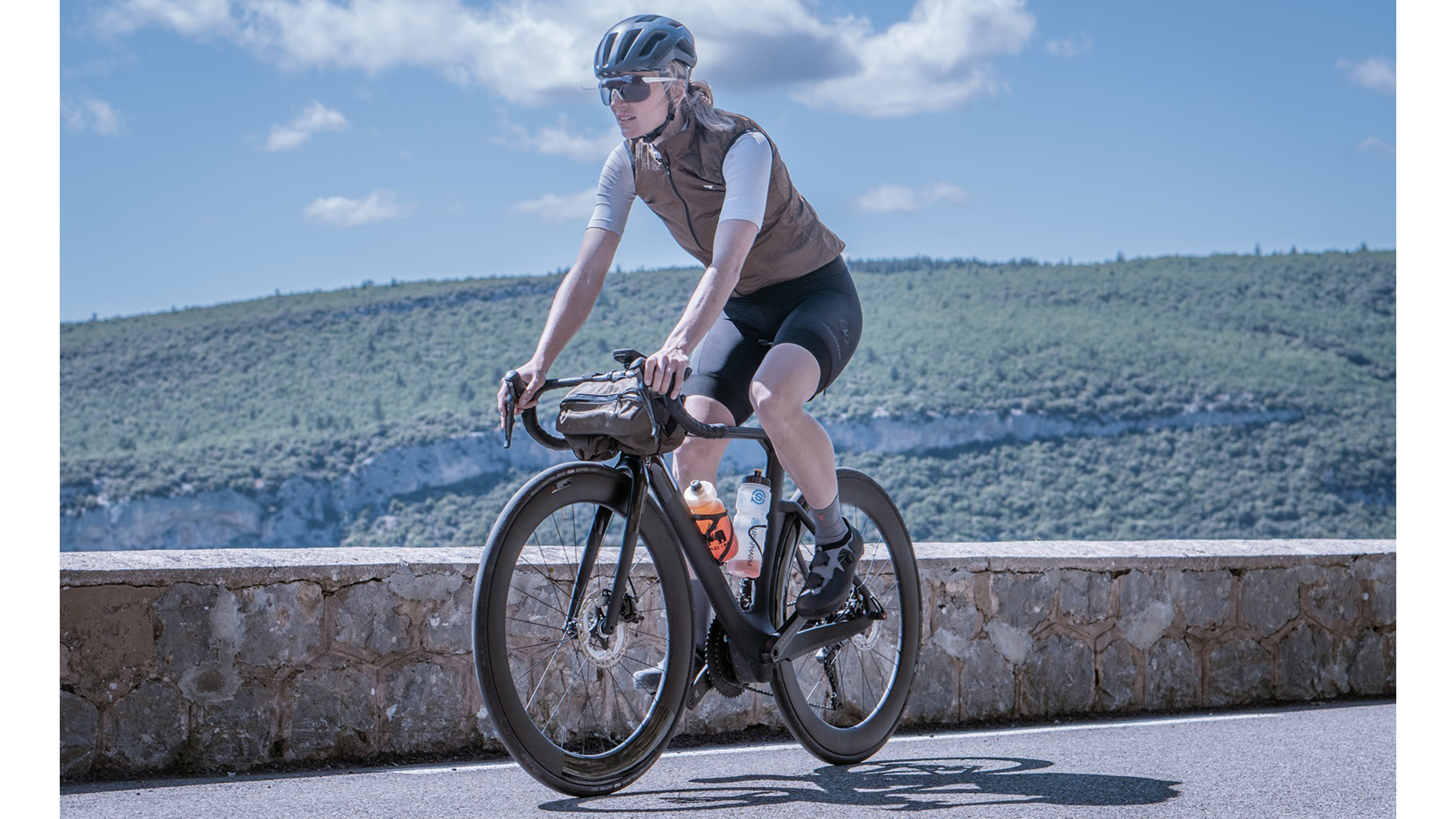
3D-printing cycling shoes was precisely the topic Wiehr chose for her final thesis at the German visual arts university HBKsaar. Thanks to bank funding, the young company was able to develop a scanning app in cooperation with the biomechanics laboratory at the Instituto de Biomecánica de Valencia. The app is capable of reconstructing the 3D shape of a foot from three photos taken with a cell phone, which is then used as a basis for producing a matching outer shoe. Scanning and ordering are possible from the comfort of your own home. The inner shoe, meanwhile, is produced by a circular knitting machine in the form of a tube. Fusible yarn is integrated and then melted under pressure and heat to give the inner shoe its shape.
SLS printing too expensive
What sounds like a straightforward process was actually not without its hurdles for Wiehr and Kaldenhoff. In particular, the 3D printing of the outer shoe proved to be much more challenging than expected: in the beginning, the two worked with a service provider and produced outer shoes on an SLS printer. “Ultimately, however, we weren’t satisfied with the quality and the process was far too expensive for us,” explains Kaldenhoff. The production costs for a pair of outer shoes alone came to around €200. This was due in part to the difficulty of placing shoes in the build chamber of an SLS printer with any kind of efficiency. Wiehr and Kaldenhoff then looked around for suitable FDM printers at Formnext 2023. “We didn't actually believe that high-quality cycling shoes could be produced using this technology, though,” Wiehr recalls.
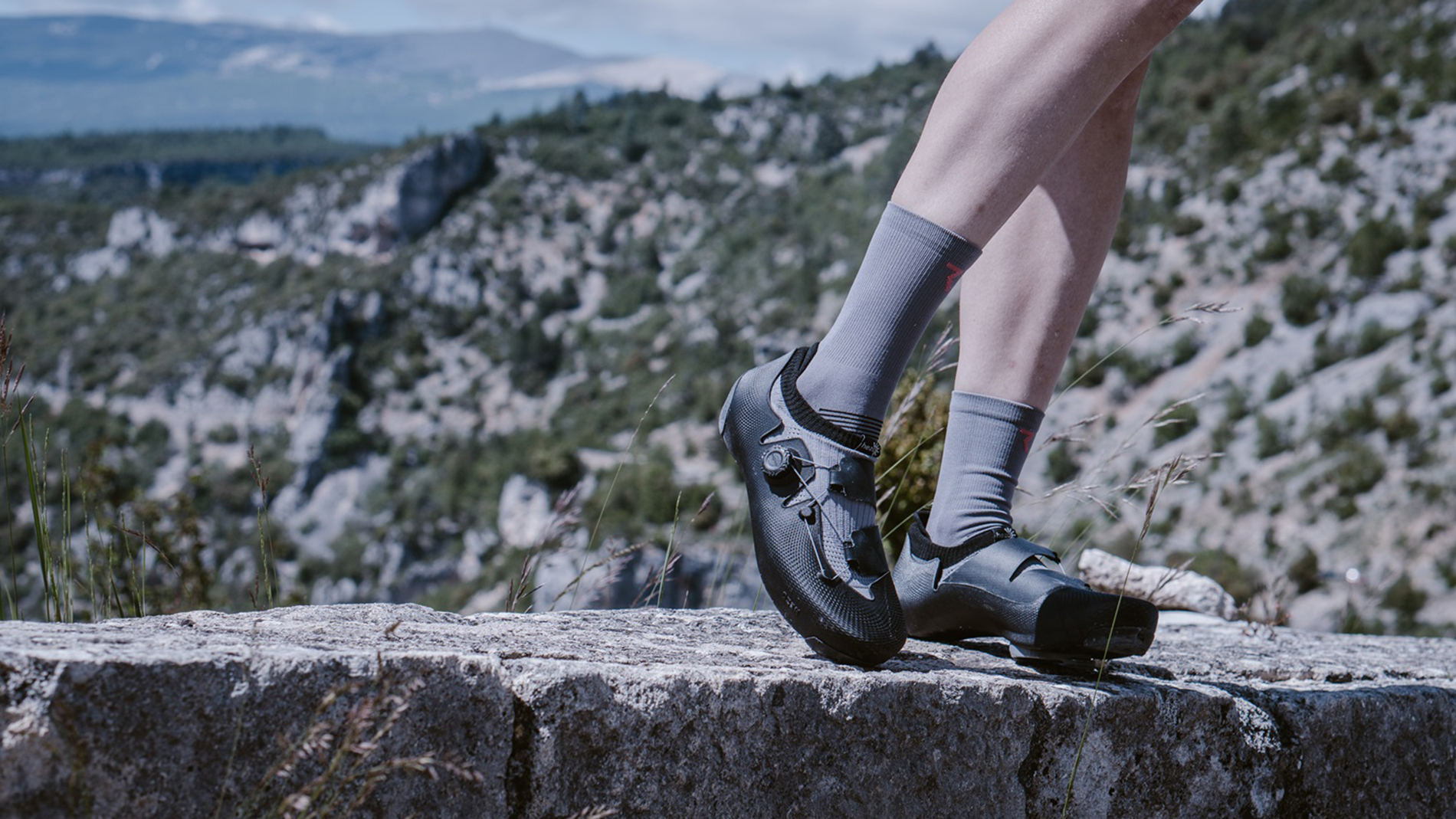
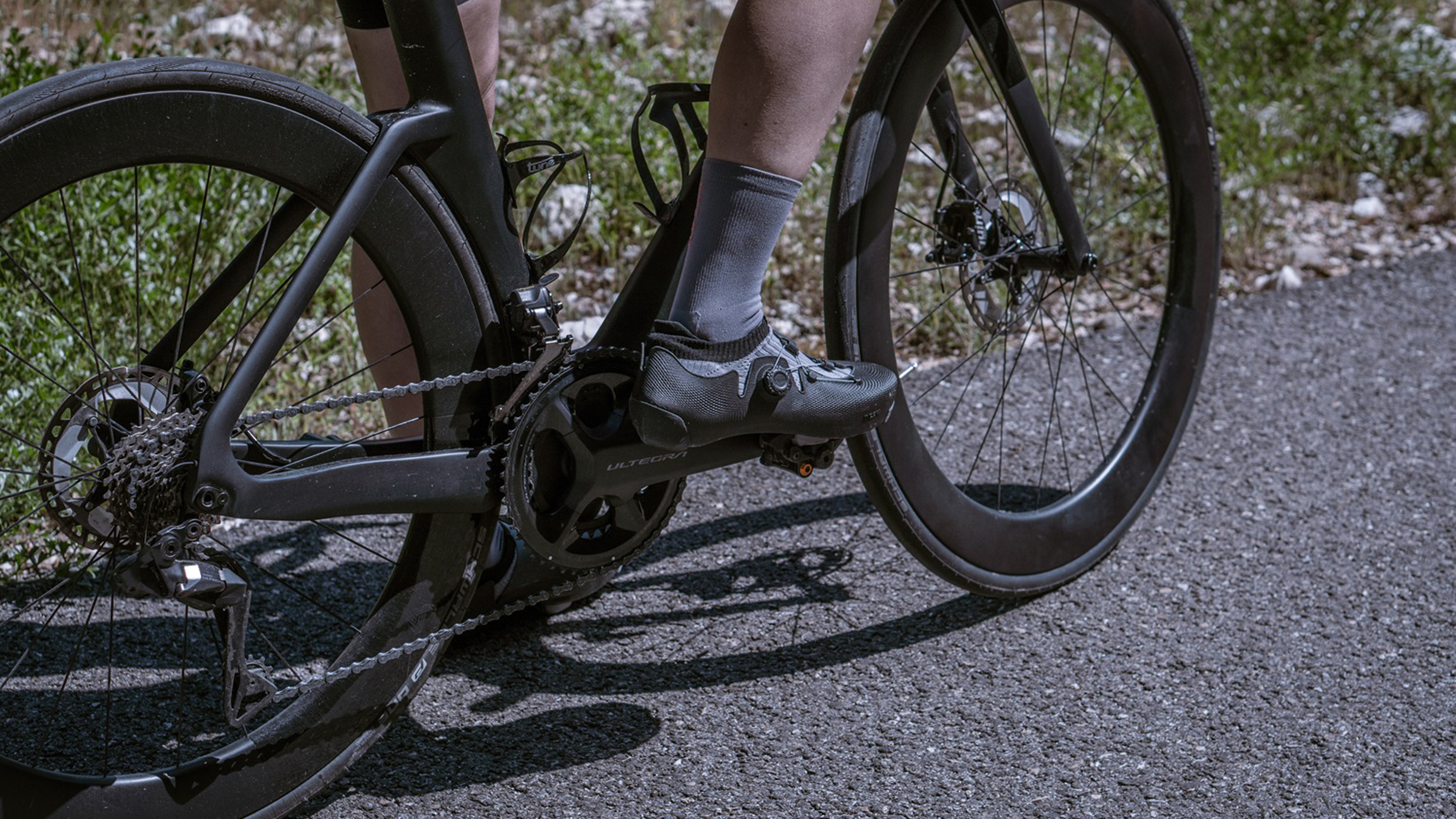
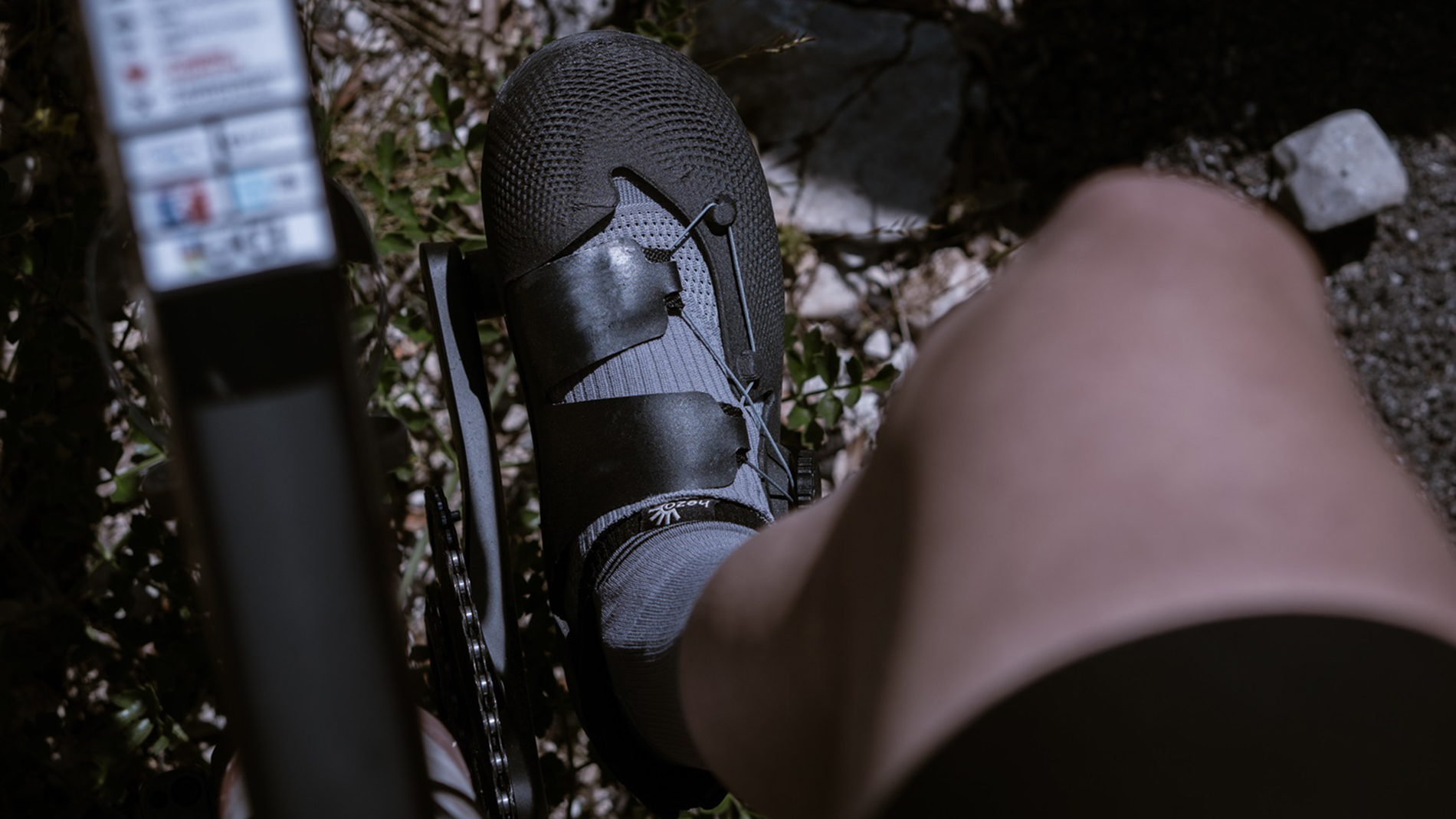
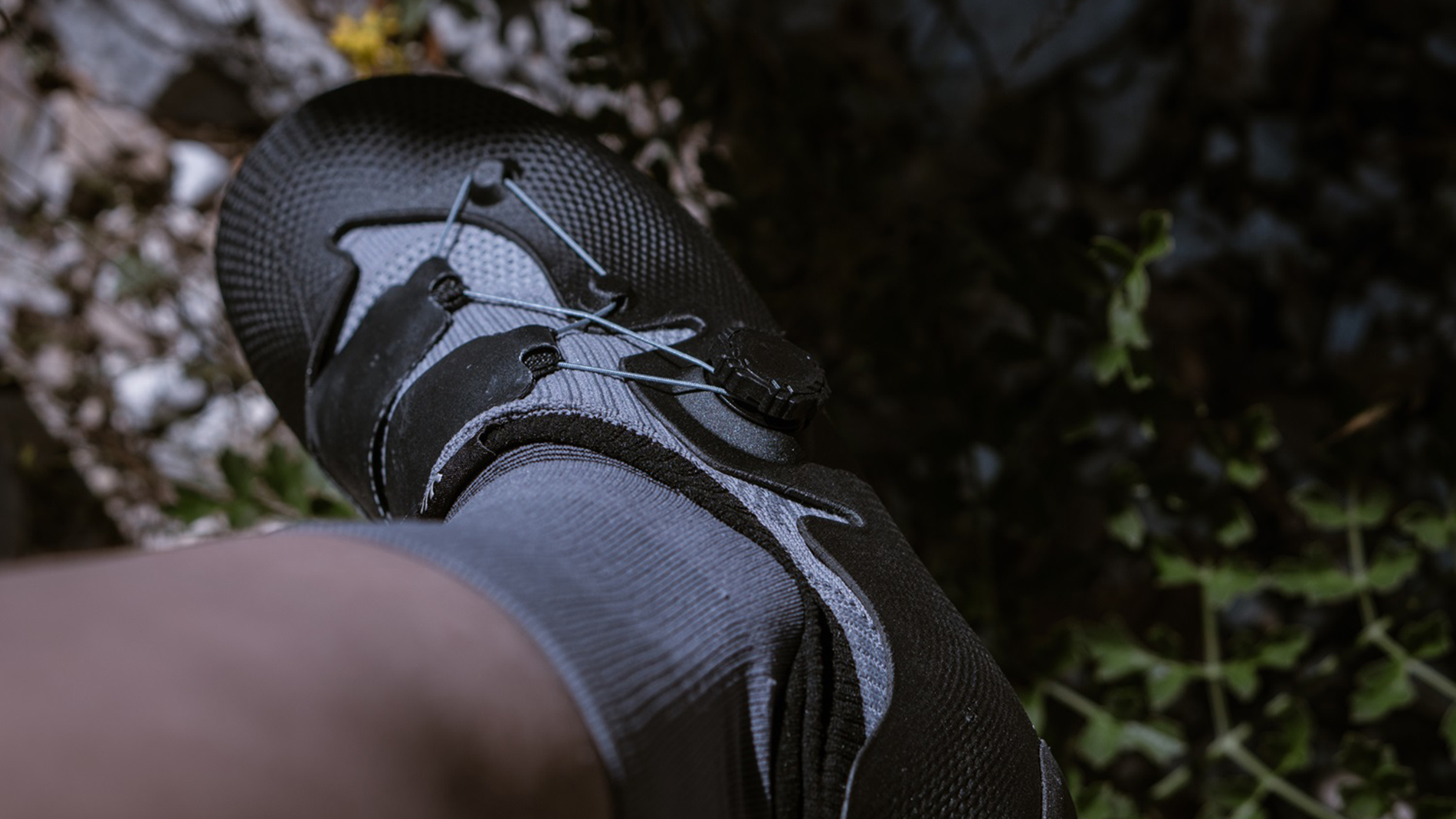
The two tested several printers and materials and found what they were looking for: the combination of a desktop FDM printer from China and the carbon-fiber-reinforced plastic PA 6. “This allows us to achieve a very stiff sole while retaining the flexibility needed to get into the shoe,” says Wiehr. She and Kaldenhoff thus created a small print farm. With the main costs then lying in material, they were able to significantly reduce their production expenses and offer customers competitive prices.
AM expertise makes the difference
In spite of the relatively modest investment this required, printing the outer shoes using the FDM method is still not without its challenges. “It’s always important to consider the entire process chain and all the factors influencing the print result. In order to set up high-quality series production, all the parameters have to be kept within a narrow range at all times,” point out Wiehr and Kaldenhoff, who have now acquired extensive expertise in all aspects of additive manufacturing – so much so that they themselves have already received requests to act as service providers for other manufacturers of sports equipment and clothing. “We definitely know how to produce high-quality components quite cheaply,” affirms Kaldenhoff. “This knowledge isn’t always available, especially in large companies, which means that often a promising idea just gets filed away.”
Thanks to FDM technology, Hezo Cycling was also able to significantly reduce the price of its shoes, having previously sold its SLS-printed variants for €649. “That made selling them extremely difficult as an unknown brand,” says Kaldenhoff. The FDM-printed shoes made of PA 6 now cost €299 and have been well received on the market: in fact, the company received its first orders just after participating in the Eurobike trade fair in June 2024. It’s also working on a polypropylene model it plans to sell for €179, which should convince even more athletes to consider customized cycling shoes as an alternative. Well-known athletes who wear 3D-printed Hezo shoes in competitions should also raise the profile of the product and brand, with Wiehr revealing that the pair have already managed to win over one triathlete. In the future, they want to expand their range even further – and know that 3D printing gives them the flexibility they’ll need to do so.
FURTHER INFORMATION:
Tags
- Design and product development

